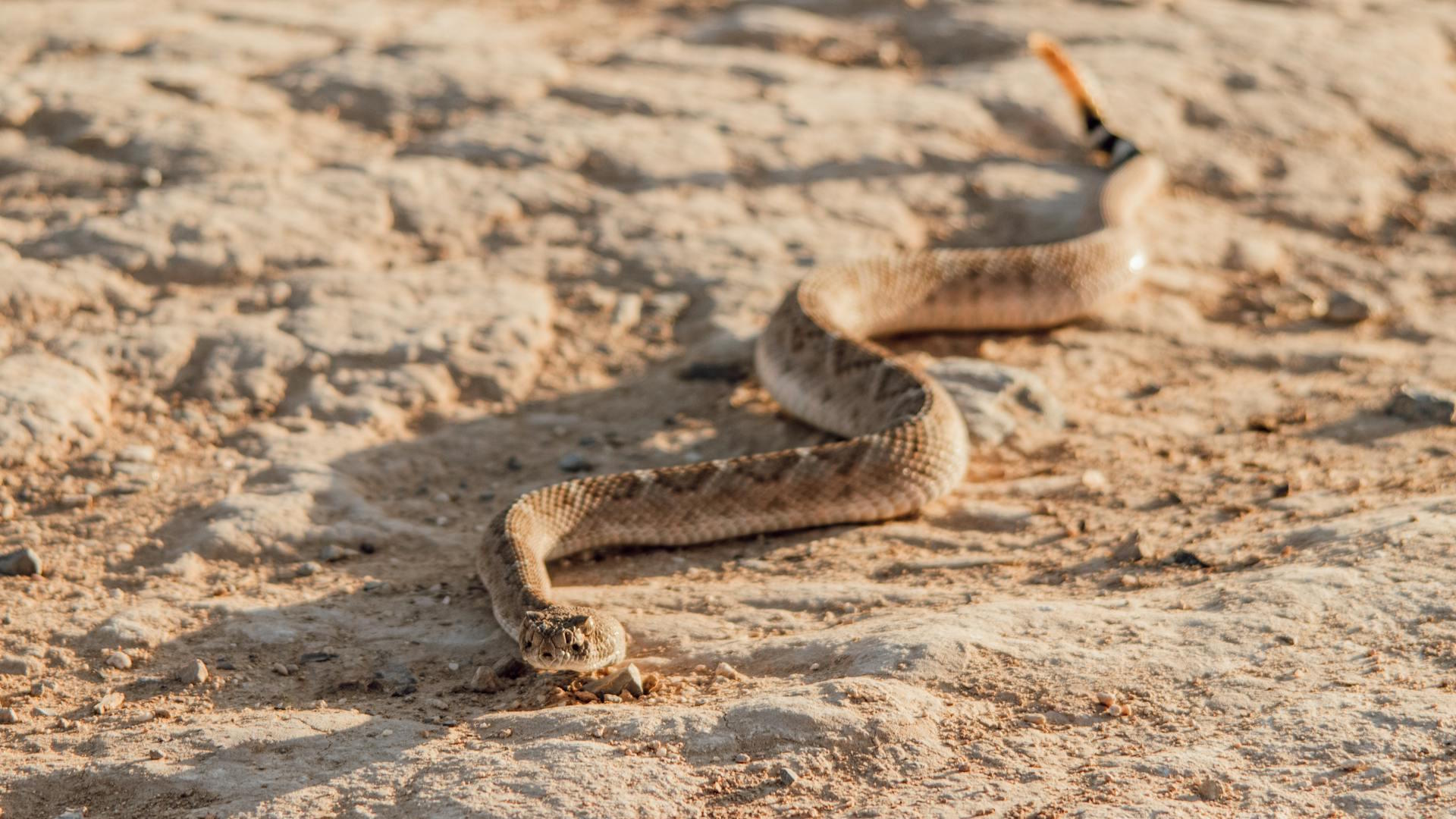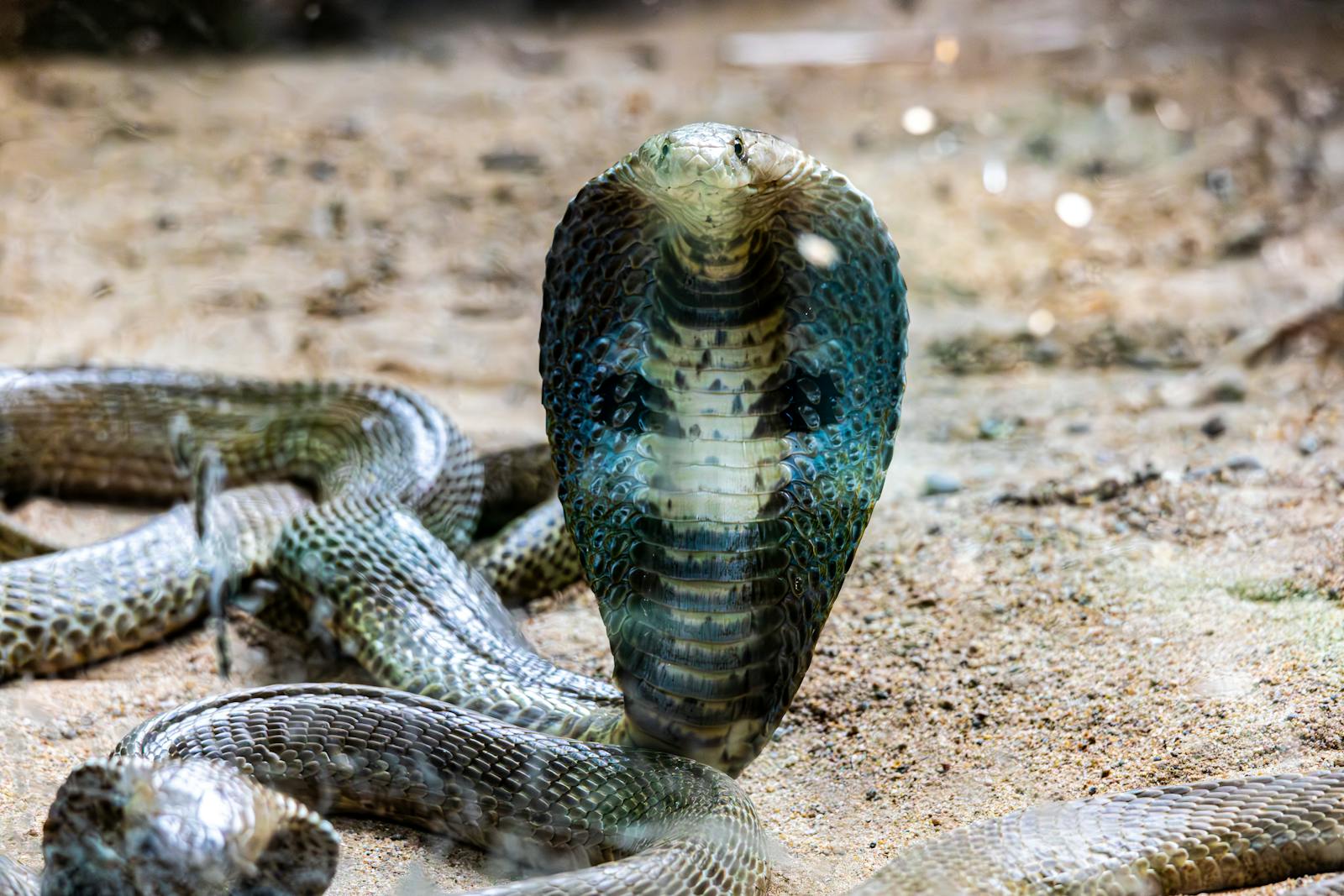Feeding your pet snake can be one of the most fascinating aspects of reptile ownership, but it can also become a source of stress for both you and your serpentine companion. Many new snake owners find themselves anxious about the feeding process, unsure if they’re providing the right prey, using the proper techniques, or creating an optimal environment. Even experienced keepers sometimes struggle with snakes that refuse meals or show feeding-related aggression. The good news is that with the right approach, mealtime can become a smooth, routine part of snake care that both you and your pet can navigate with confidence. This article explores five proven methods to transform feeding time from a potential challenge into a stress-free experience.
Understanding Your Snake’s Natural Feeding Behaviors
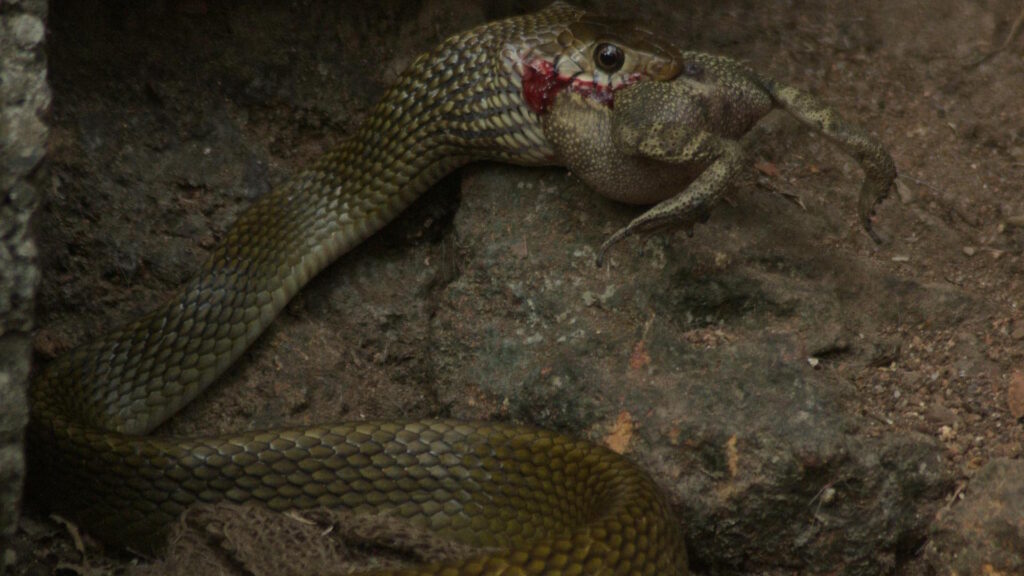
Snakes are innate predators with feeding instincts deeply wired into their biology, and understanding these natural behaviors is the foundation of stress-free feeding. In the wild, most pet snake species are ambush predators, waiting patiently for prey to approach before striking quickly and efficiently. This explains why some captive snakes become highly alert or even aggressive when they detect food, as their hunting instincts activate. Different species also have unique feeding preferences – ball pythons may prefer to eat in dark, enclosed spaces that mimic their natural burrows, while corn snakes might be more adaptable to various feeding conditions. By researching your specific species’ natural feeding patterns, you can better replicate conditions that make your snake feel secure and ready to eat. Remember that these are ancient instincts that have evolved over millions of years, so working with rather than against these natural behaviors will significantly reduce stress.
Creating the Optimal Feeding Environment
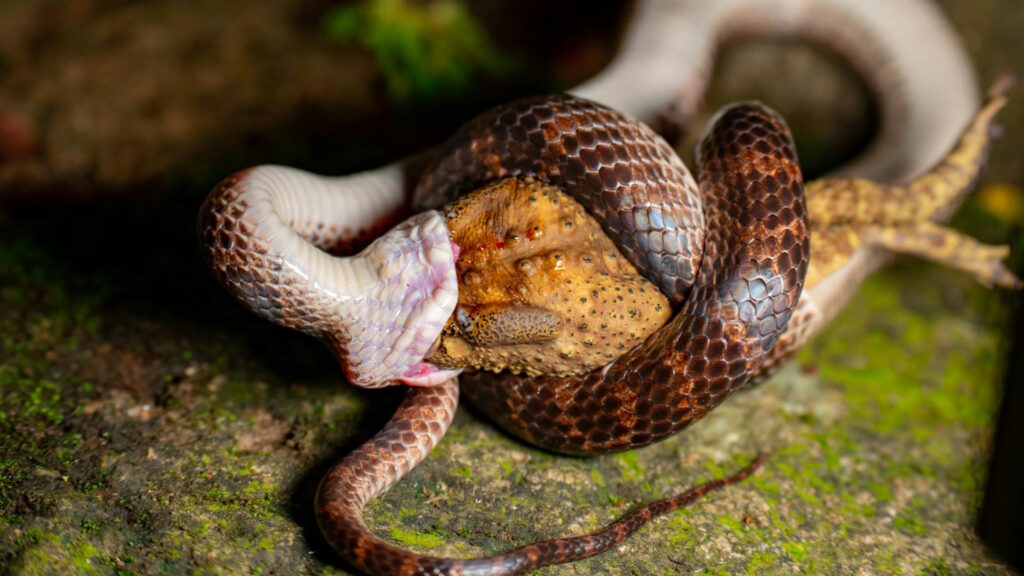
The environment you create for feeding dramatically impacts your snake’s stress levels and willingness to eat. Start by ensuring the temperature in the feeding area falls within your snake’s preferred range, as most reptiles need proper heat to stimulate their appetite and digest effectively. Many snake keepers find success by dimming lights or feeding during evening hours when most snake species naturally hunt. Minimize external disturbances by feeding in a quiet room away from household traffic, loud noises, or the curious noses of other pets. For particularly shy species, consider providing visual barriers or cover that allows them to feel protected while eating. Some snakes may become stressed if watched while feeding, so once you’ve offered prey, stepping back or even leaving the room briefly can help your snake feel secure enough to strike and consume its meal. The key is consistency – using the same routine each time helps your snake learn to associate specific conditions with feeding, reducing uncertainty and stress.
Choosing and Preparing Appropriate Prey Items
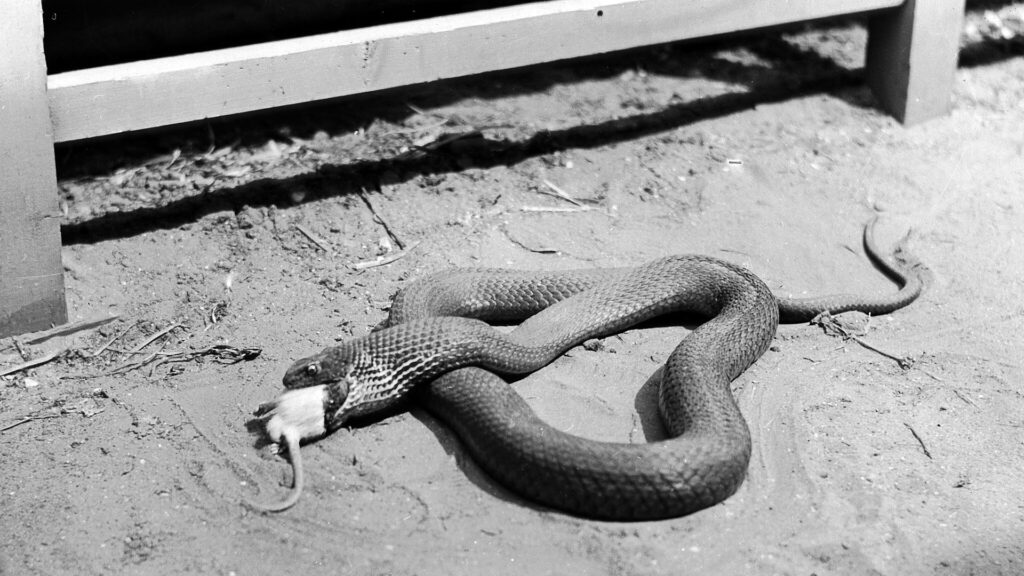
Selecting the right prey items is crucial for both nutritional health and feeding success with minimal stress. The size of prey should generally match the widest part of your snake’s body – too large, and your snake may refuse to eat or regurgitate later; too small, and it may not satisfy your pet’s nutritional needs. For most pet snakes, pre-killed frozen rodents that have been properly thawed are the safest and most ethical choice, eliminating the risk of injury from live prey and reducing the stress associated with hunting and killing. When thawing frozen prey, use warm (not hot) water to bring it to slightly above room temperature, which helps stimulate your snake’s heat-sensing pits and makes the meal more appealing. Never use a microwave to thaw prey, as this can cause uneven heating and potentially dangerous hot spots. Some finicky eaters may benefit from “scenting” techniques where you gently rub the prey item with another food your snake particularly enjoys, creating a more enticing aroma. By consistently providing appropriately sized, well-prepared prey, you establish a foundation for stress-free feeding sessions.
Employing Proper Feeding Techniques
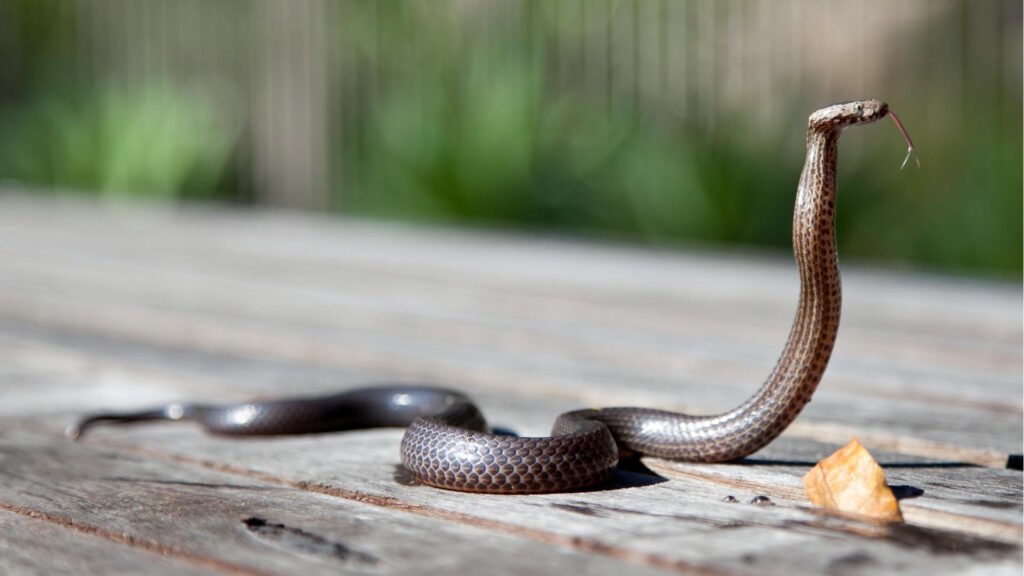
How you present food to your snake can significantly influence feeding success and reduce stress during the process. Always use feeding tongs or hemostats to offer prey at a safe distance, which protects your hands from accidental bites when your snake’s feeding response is triggered. Present the prey item head-first, as snakes naturally consume prey this way, making the swallowing process more efficient. Gently wiggling the prey can trigger your snake’s predatory instincts, simulating the movement of live food without the dangers associated with live feeding. For snakes that seem hesitant, try the “leave and walk away” method – place the prey item in the enclosure and exit the room, giving your shy eater privacy and time to approach the meal without feeling watched. Some keepers find success with “target training” their snakes by consistently using a specific container or plate for feeding, helping the reptile distinguish between regular handling time and feeding time. Remember that patience is crucial – rushing or forcing a feeding rarely ends well and can create negative associations with the feeding process.
Establishing a Consistent Feeding Schedule
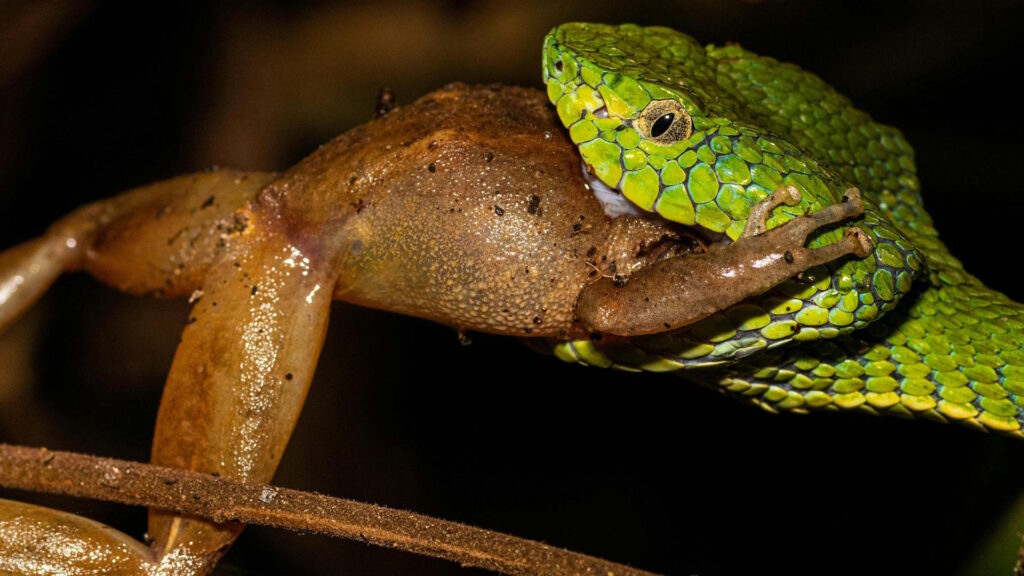
Snakes thrive on routine, and establishing a consistent feeding schedule helps reduce stress by creating predictability around mealtimes. Young snakes typically require more frequent feeding – often once every 5-7 days – while adult snakes may only need to eat every 10-14 days depending on the species and size. Mark feeding days on a calendar or set reminders in your phone to maintain consistency, as irregular feeding can lead to heightened feeding responses and potential aggression. Pay attention to your individual snake’s natural rhythm, as some may prefer certain days or times for feeding based on their activity cycles or enclosure maintenance schedule. Avoid handling your snake for at least 24-48 hours after feeding to prevent regurgitation and the stress associated with it, making this rule part of your consistent schedule. Creating a feeding log to track successful meals, refusals, and any notable behaviors can help you identify patterns and refine your schedule for optimal results. With time, most snakes adapt well to regular feeding intervals, reducing anxiety around when their next meal will arrive.
Using Separate Feeding Enclosures
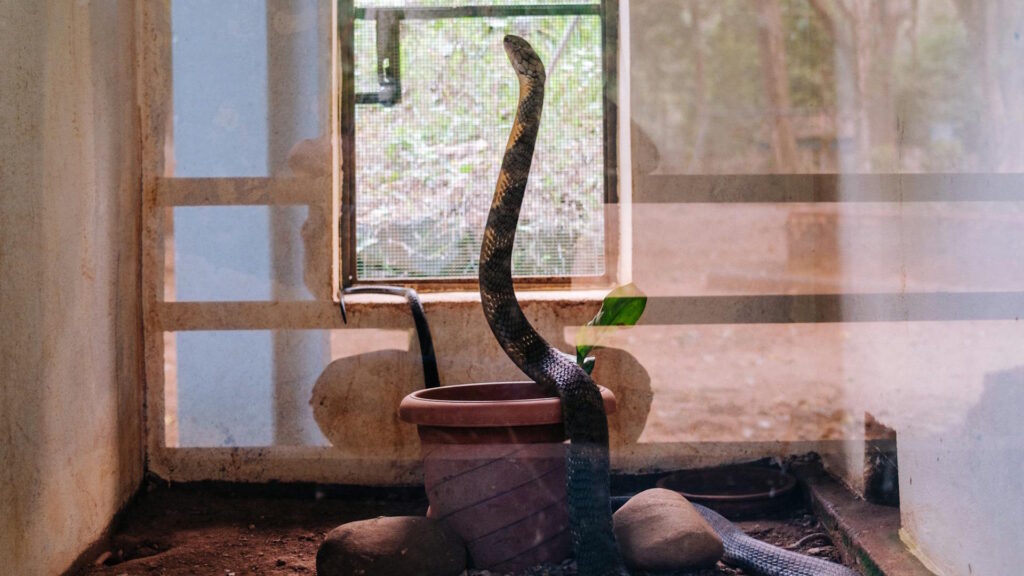
Many experienced snake keepers advocate for using a designated feeding container separate from the main enclosure, a practice that can reduce stress in several ways. This method helps prevent substrate ingestion, which can occur when a snake strikes at prey on loose bedding in their regular habitat. A separate feeding enclosure also helps snakes distinguish between handling time and feeding time, potentially reducing food-associated aggression in their main enclosure – they learn that being moved to the specific container means food is coming. The feeding container should be simple, secure, and appropriately sized – just large enough for your snake to maneuver comfortably but not so spacious that finding the prey becomes challenging. For this technique to reduce rather than increase stress, the transfer to and from the feeding container must be gentle and controlled, using a snake hook or careful handling to move your pet with minimal disturbance. While this method works exceptionally well for many snakes, some individuals may find the transfer process itself stressful, so observe your pet’s response and be willing to adjust your approach accordingly.
Addressing Feeding Strikes and Refusals
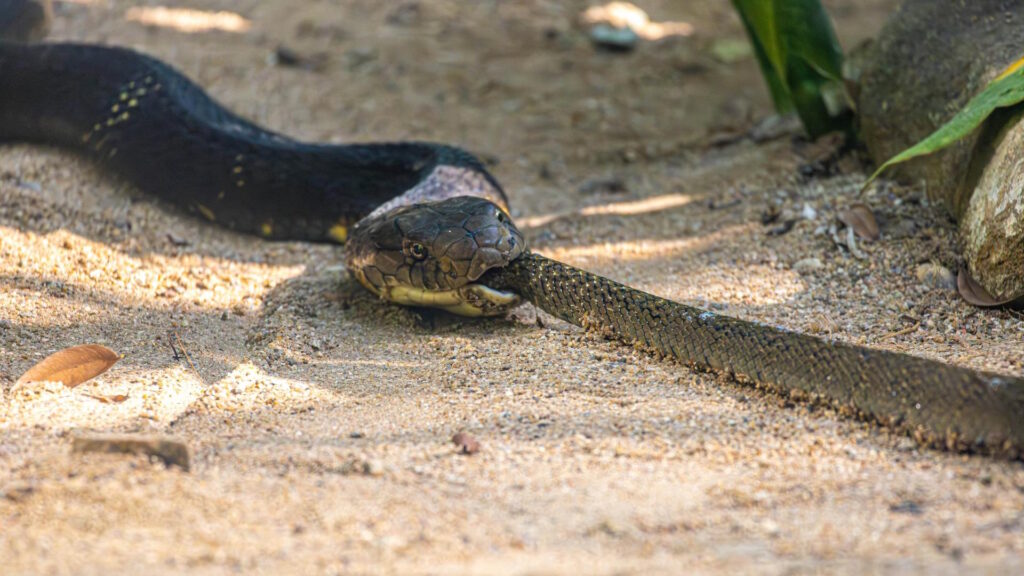
Every snake owner eventually faces the challenge of a feeding refusal, but addressing these situations calmly prevents them from becoming stressful ordeals. Temporary feeding strikes are common during breeding season, before shedding, after environmental changes, or when temperatures aren’t optimal. When your snake refuses food, first check husbandry parameters – ensure heating, humidity, and lighting are appropriate for your species, as these factors significantly impact appetite. Wait at least 5-7 days before offering food again, as repeated offerings can increase stress and further decrease feeding interest. Try varying your technique by offering different prey sizes, prey types, or presentation methods – sometimes a simple change from mice to rats or offering food later in the evening can trigger feeding response. For persistent refusals, record-keeping becomes invaluable – note when refusals occur, any environmental changes, your snake’s behavior, and upcoming sheds to identify patterns. Remember that healthy adult snakes can go weeks or even months without eating with no ill effects, so avoid the common new owner mistake of panicking about short feeding strikes.
Managing Feeding-Related Aggression

Some snakes develop strong feeding responses that can manifest as aggression during feeding time or even during regular handling if they mistake your hand for food. This behavior isn’t malicious but rather an indication of a healthy feeding drive that needs proper management to prevent stress for both snake and keeper. Hook training is an effective technique where you gently touch or stroke your snake with a snake hook before handling, signaling that it’s interaction time, not feeding time. For snakes with particularly strong feeding responses, consider implementing a consistent pre-feeding ritual that clearly indicates food is coming, such as tapping the enclosure in a specific way or using a particular sound. Never feed your snake using your hands directly, as this can reinforce the association between your hands and food – always use feeding tongs to maintain a safe distance. If aggressive feeding behavior develops, temporarily increasing the frequency of gentle, non-feeding handling sessions can help your snake distinguish between different types of interaction. With consistency and clear signals, most snakes learn to recognize the difference between feeding time and handling time, significantly reducing stress-inducing confusion.
Monitoring Post-Feeding Behavior
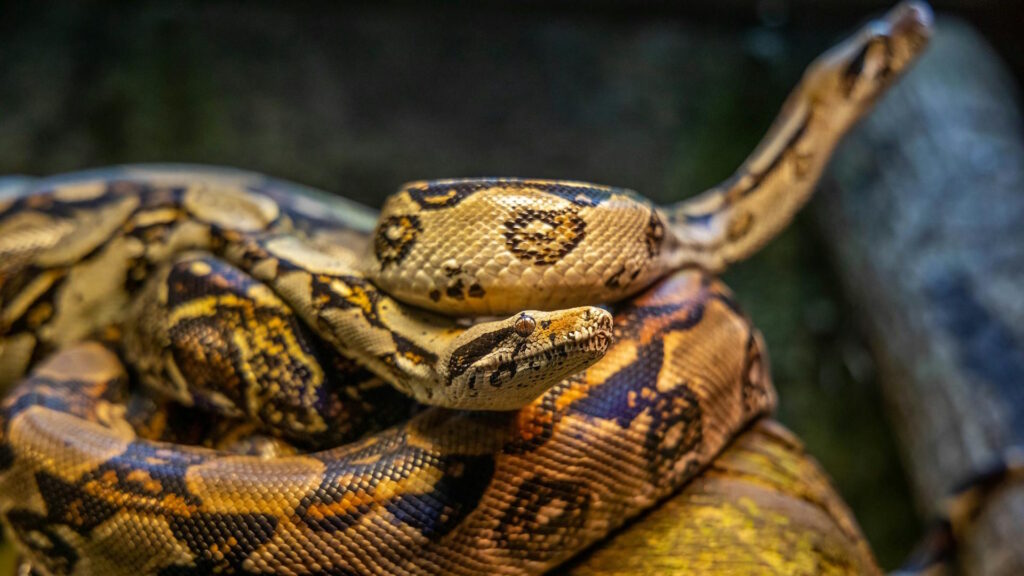
The period after feeding is critical for reducing stress and ensuring proper digestion, requiring careful observation and appropriate management. Most snakes will seek out their favorite hiding spot or warm area of the enclosure after consuming a meal, where they’ll remain relatively inactive during digestion. During this time, maintain optimal temperatures in the enclosure, as snakes require proper heat to digest efficiently – inadequate temperatures can lead to regurgitation and significant stress. Avoid any unnecessary disturbances for at least 24-48 hours after feeding, including handling, enclosure cleaning, or moving the habitat, as these disturbances can trigger regurgitation. Watch for normal digestion signs like a visible food bulge that gradually diminishes over several days and a return to regular activity levels. If you notice any concerning behaviors such as repeated gaping, unusual posturing, or regurgitation, document these symptoms and consult with a reptile veterinarian, as they may indicate stress-related digestive issues or health problems. Understanding the post-feeding period as an important part of the overall feeding process helps ensure your snake can process its meal with minimal stress.
Adapting to Seasonal Appetite Changes
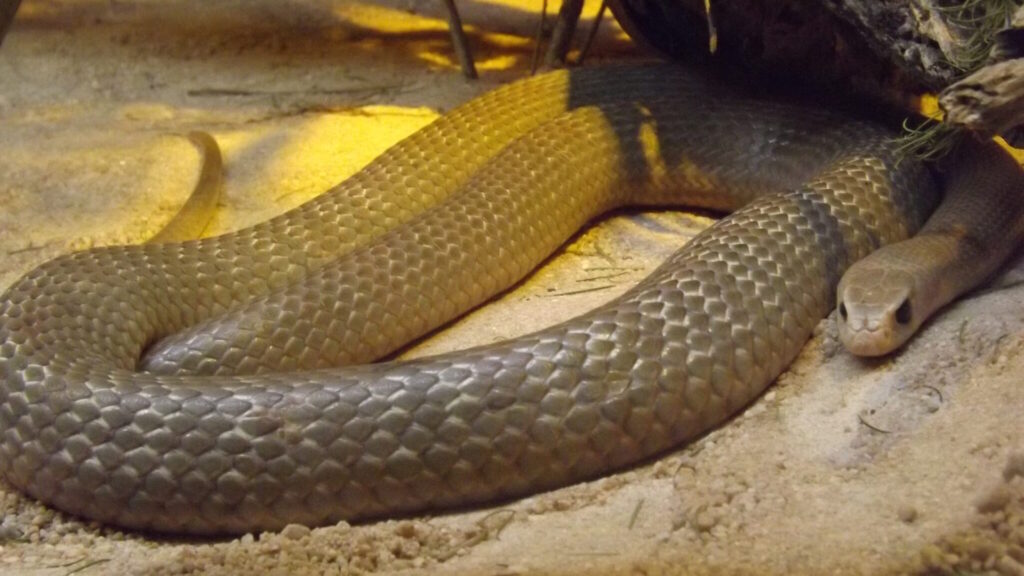
Many snake species experience natural fluctuations in their appetite throughout the year, and understanding these patterns prevents unnecessary stress when feeding behavior changes. During winter months, many captive snakes enter a period of reduced appetite called brumation, a natural response to shorter daylight hours and temperature changes, even in controlled environments. Breeding season can also trigger temporary fasting, particularly in male snakes that prioritize finding mates over feeding, and in gravid females as they prepare to lay eggs or give birth. Rather than fighting against these natural cycles, adapt your feeding schedule by offering smaller meals or feeding less frequently during these periods, while still maintaining proper environmental conditions. Maintain your feeding records during these seasonal changes to establish patterns specific to your individual snake, which helps distinguish between normal seasonal fasting and potentially problematic feeding refusals. By respecting and working with your snake’s natural biological rhythms rather than forcing feeding during natural fasting periods, you significantly reduce stress for both you and your reptilian companion.
Considering Species-Specific Feeding Requirements
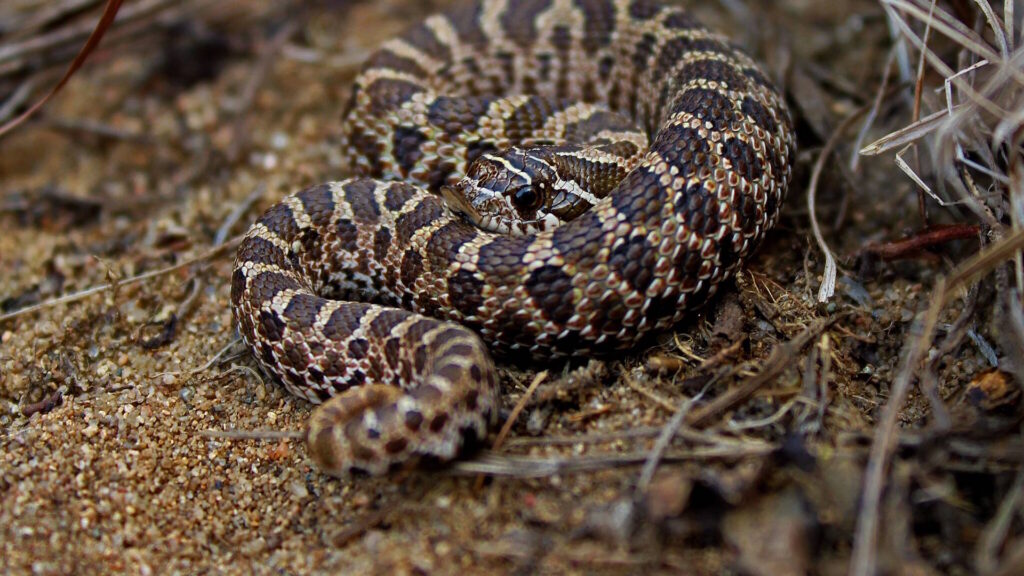
Different snake species have evolved unique feeding adaptations and preferences that significantly impact their feeding behavior in captivity. Ball pythons, for instance, are known for being sometimes finicky eaters that prefer privacy when feeding and may benefit from covered feeding areas or nighttime feeding schedules. Corn snakes are typically enthusiastic eaters that readily accept appropriately sized mice with minimal stress or special techniques. Species like hognose snakes have specialized diets in the wild (primarily toads and amphibians) and may require scenting techniques or specialized prey items to feed reliably in captivity. King snakes and milk snakes often display vigorous feeding responses that can make them prone to striking at movement outside their enclosure, requiring careful management during feeding time. Arboreal species like green tree pythons or emerald tree boas may prefer to take prey items from elevated positions rather than from the enclosure floor. By researching and accommodating the evolutionary feeding strategies specific to your snake’s species, you create a feeding experience that aligns with their natural instincts, dramatically reducing stress and increasing feeding success.
Building Confidence Through Successful Feeding Routines
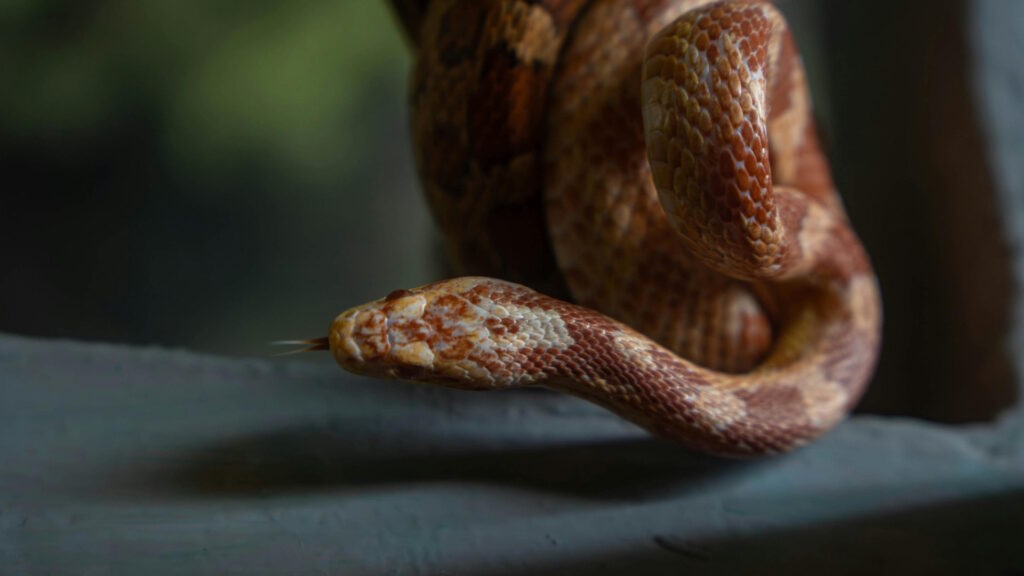
Consistent successful feeding experiences build confidence for both the snake and the keeper, creating a positive feedback loop that continuously reduces feeding-related stress. Start by keeping detailed records of successful feedings, noting environmental conditions, prey characteristics, presentation methods, and your snake’s response – this information becomes invaluable for replicating success and avoiding techniques that caused stress in the past. Celebrate small victories, particularly with difficult feeders – a snake that has refused food for weeks finally accepting a meal represents significant progress worthy of acknowledgment. Share your experiences with other snake keepers through forums, social media groups, or local herpetological societies, as collective knowledge often yields solutions to feeding challenges that might otherwise seem insurmountable. Remember that developing stress-free feeding routines is a skill that improves with practice – most keepers become increasingly confident in their abilities to read their snake’s body language and anticipate feeding needs. With time and consistency, what once seemed like a daunting aspect of snake care can transform into one of the most rewarding and fascinating parts of the relationship between you and your reptilian companion.
Conclusion: Creating a Lifetime of Positive Feeding Experiences
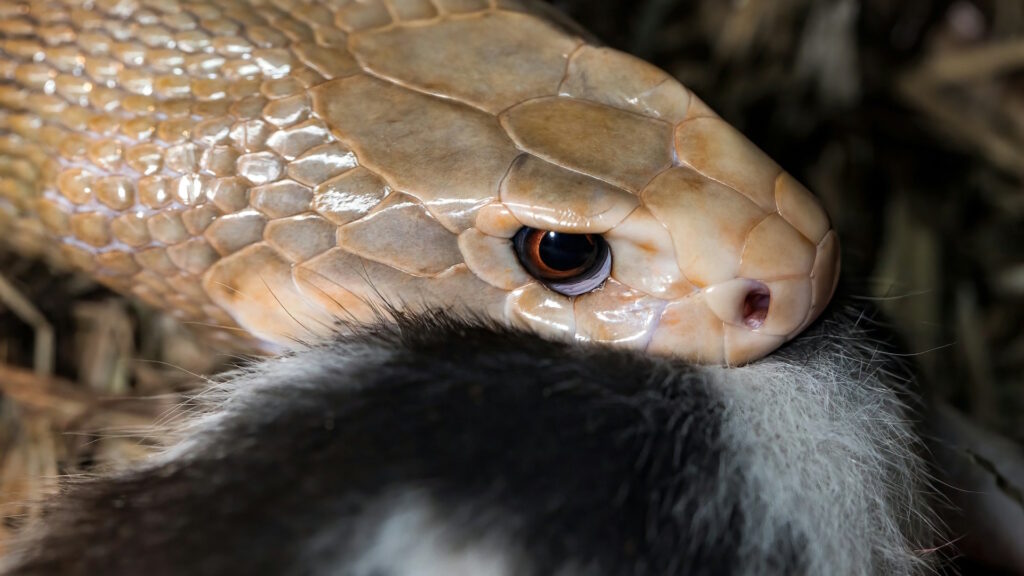
Establishing stress-free feeding routines is not just about getting your snake to eat – it’s about creating positive, predictable experiences that contribute to your pet’s long-term physical and psychological wellbeing. By understanding natural behaviors, creating optimal environments, selecting appropriate prey, employing proper techniques, and maintaining consistency, you build a foundation for successful feeding that can last throughout your snake’s life. Remember that each snake is an individual with unique preferences and quirks – what works perfectly for one specimen may need adjustment for another, even within the same species. Approach feeding challenges with patience, flexibility, and a willingness to adapt your methods based on your snake’s responses. The investment in developing smooth, stress-free feeding routines pays dividends in your snake’s health, your confidence as a keeper, and the bond you form with your reptilian companion. With thoughtful attention to the approaches outlined in this article, feeding time can transform from a potential source of anxiety into one of the most satisfying aspects of snake keeping.

